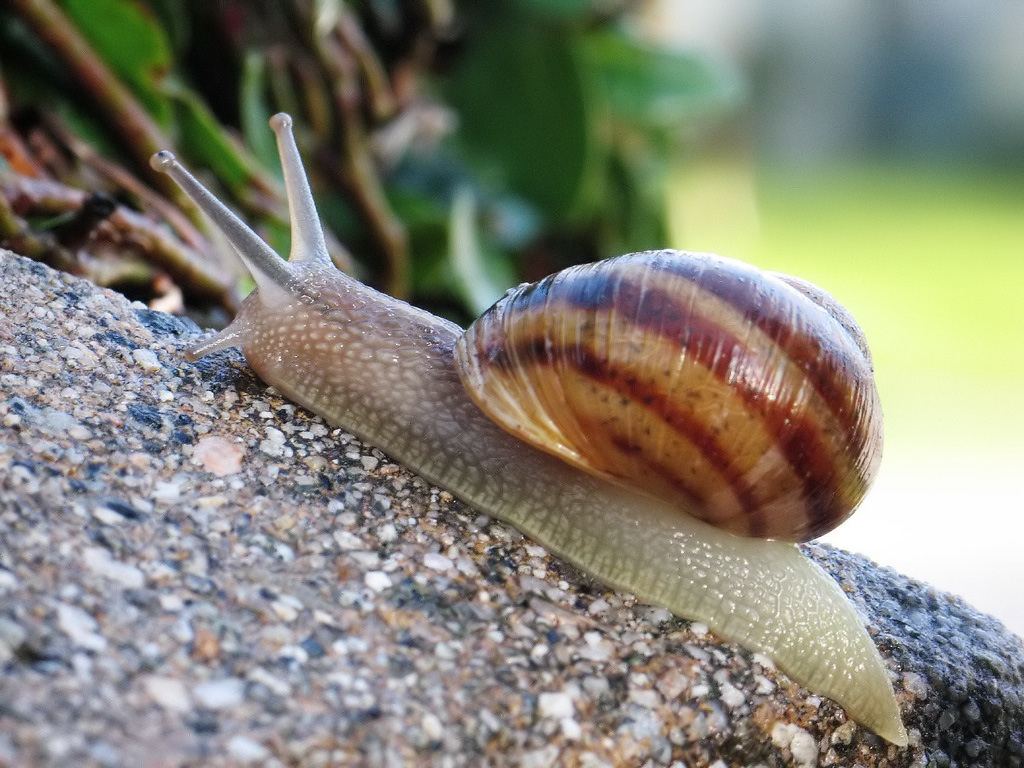
One hundred sixty three new species, including a dragon-like lizard, a tiny frog and a rainbow-headed snake, were discovered in the Greater Mekong region in 2015. Conservation group World Wildlife Fund (WWF) gave details of these new species, which are announced each year after going through a lengthy identification process.
WWF revealed that new species also include a gecko in Laos with pale blue skin and a rare banana species discovered in northern Thailand.
The Greater Mekong region includes southwestern China, Cambodia, Vietnam, Laos, Myanmar, and Thailand. The Mekong River flows through the mountains and forests of Southeast Asia, and helps sustain this highly diverse region on the planet. However, this region is under immense pressure due to construction of new dams and roads as well as illegal wildlife trade.
“Many collectors are willing to pay thousands of dollars or more for the rarest, most unique and most endangered species,” Borah said.
Nicolas J. Cox, WWF’s Southeast Asian conservation director, said the discoveries of new species over the past few years suggest that this region is “special”.

“The Greater Mekong region is a magnet for the world’s conservation scientists because of the incredible diversity of species that continue to be discovered here,” Jimmy Borah, from WWF’s Greater Mekong team said.
“They are racing against time to ensure that these newly discovered species are protected.”
One hundred and sixty three new species discovered in 2015 included three mammals, nine amphibians, 11 fish, 14 reptiles and 126 plants.
One of the most interesting of these discoveries is parafimbrios lao, a snake found in the limestone karsts of northern Laos. The scales of this snake reflect rainbow-like colors around its head.
Scientists discovered a lizard (acanthosaura phuketensis) on the Thai tourist island of Phuket. This lizard is unique because of its fearsome-looking ridge of horns down its head and back.
Scientists also found a new frog species, leptolalax isos, in Cambodia and Vietnam. This 3-cm-long frog could fit on a fingertip. The frog was actually first discovered in 2006 but it took nearly a decade to confirm that it is indeed a new species.